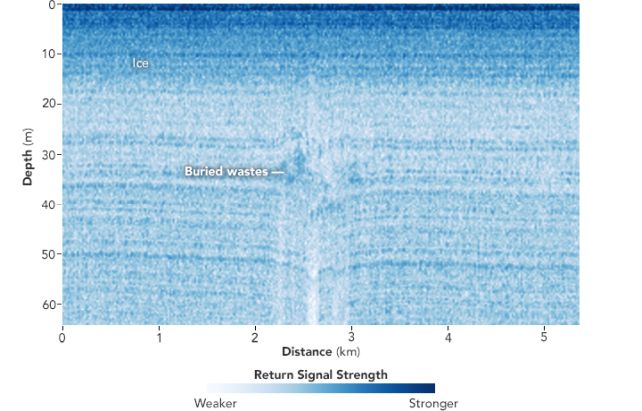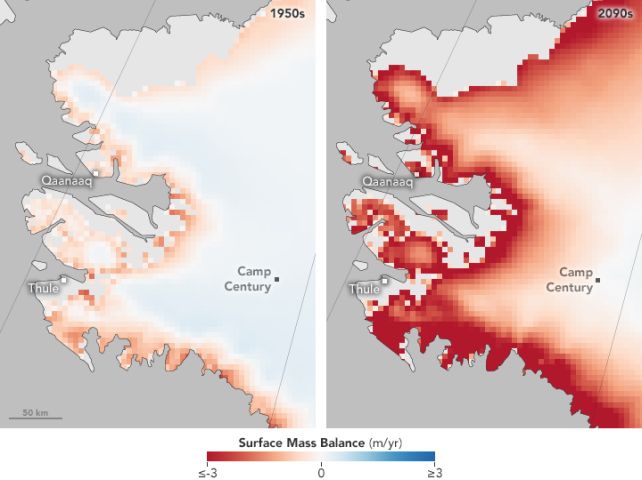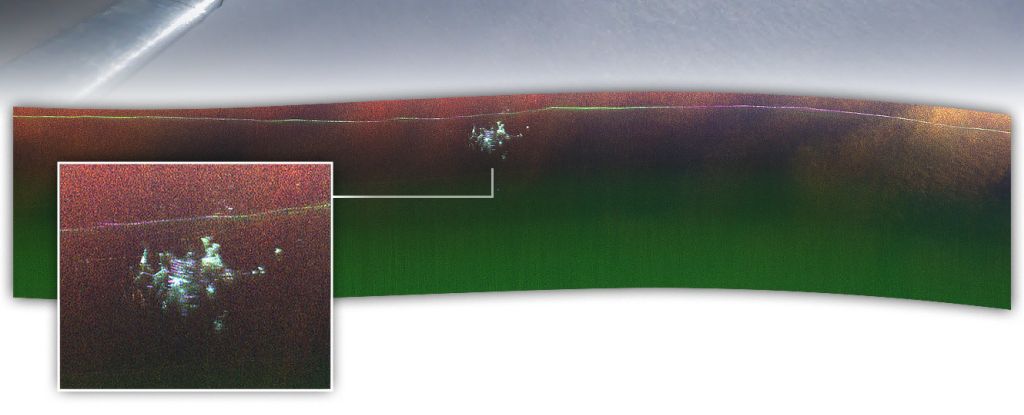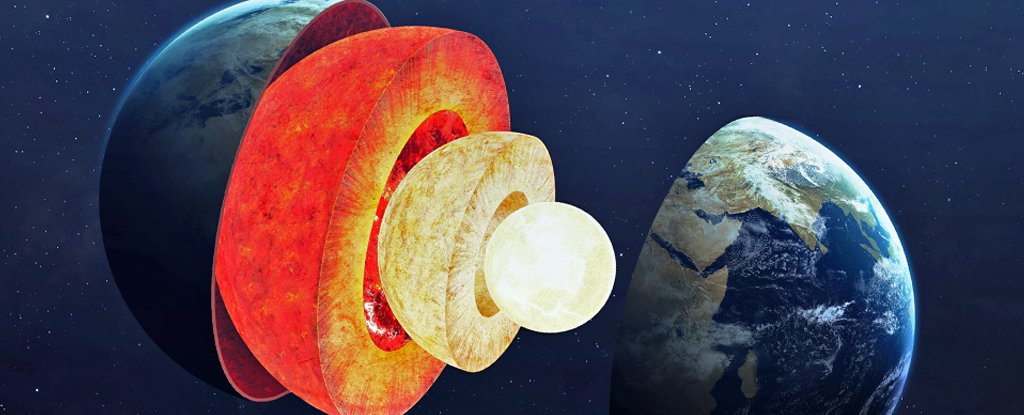When humans go to war, things can get a little sneaky. Clandestine bolt-holes and covert bases of operations are the new normal – and they’re not always able to be repurposed when war ends.
Scientists flying in a NASA Gulfstream III jet to measure Arctic ice with a radar therefore got something of a surprise when they found just such a secret base, long since given over to the elements and buried deep under the ice sheet of Greenland.
“We were looking for the bed of the ice and out pops Camp Century,” says cryospheric scientist Alex Gardner of NASA’s Jet Propulsion Laboratory. “We didn’t know what it was at first.”
Camp Century was built in northwest Greenland by the US Army Corps of Engineers between 1959 and 1960 by excavating a system of 21 tunnels measuring a total of 3 kilometers (1.86 miles) in length under the ice sheet, giving the base its nickname: the city under the ice.
This base was designed to house up to 200 soldiers, year-round, and house up to 600 nuclear medium-range ballistic missiles. Since it was so remote, it was powered by a nuclear reactor.
It was the first stage of Project Iceworm, an ambitious project to build a network of nuclear launch sites that could withstand a first strike. But the ice sheet wasn’t as stable as first thought, and Camp Century was never completed.
Instead, the US abandoned the base after just eight years, in 1967, leaving behind thousands of tons of waste, including radioactive material. Since then, the accumulated ice and snow has buried Camp Century beneath 30 meters (100 feet) of ice.
It’s never truly been lost. Scientists have significant concerns about what is going to happen to all that waste should the ice sheet continue to melt.
It’s possible that liquid waste – 200,000 liters of fossil fuel and 24 million liters of other wet waste such as sewage left behind at the site – could permeate the ice sheet further as it degrades, and even enter the ocean.

Radar surveys occasionally show evidence of the base, lurking there like an environmental time bomb under the ice. But in April 2024, using NASA’s Uninhabited Aerial Vehicle Synthetic Aperture Radar (UAVSAR) strapped to the belly of the plane, scientists were able to resolve Camp Century in a new level of detail.
“In the new data, individual structures in the secret city are visible in a way that they’ve never been seen before,” says cryospheric scientist Chad Greene of NASA’s Jet Propulsion Laboratory.
Back in the 1960s, the assumption was that the ice sheet would take care of the problem. There was no need to do anything about waste disposal, because the snow would bury and freeze it forever. So, rather than undergo the painstaking process involved in fully decommissioning Camp Century, the base was simply left to the elements.

This, as hindsight so painfully reveals now, was a remarkably shortsighted approach. The Greenland ice shelves have lost 35 percent of their volume since 1978, and the ice loss is happening worryingly fast. The melting ice and consequential rising sea level could accelerate the contamination from the trash left behind.
For now, though, the imagery of Camp Century obtained using the UAVSAR will not be used to try and solve the problem directly. The researchers are focused on measuring the thickness of the ice sheet overall for a better understanding of how the melting ice is going to affect our planet.
“Without detailed knowledge of ice thickness, it is impossible to know how the ice sheets will respond to rapidly warming oceans and atmosphere, greatly limiting our ability to project rates of sea level rise,” Gardner says.





